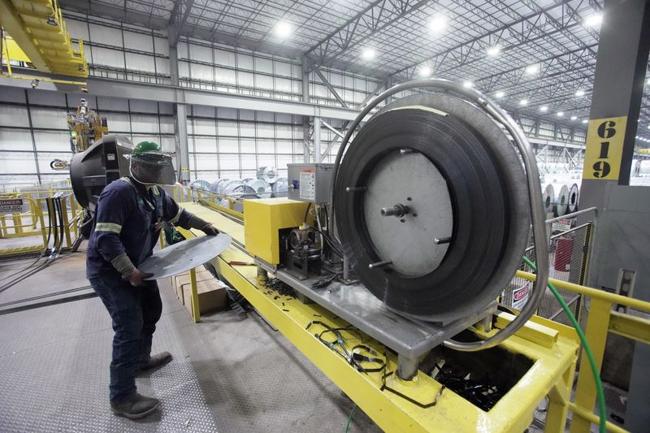Summary
Mom-and-pop shops across Southern California and elsewhere are struggling to restock their shelves and keep prices under control due to tariffs.
Source: Orange County Register

AI News Q&A (Free Content)
Q1: How have tariffs historically impacted retail innovation in the United States?
A1: Historically, tariffs in the United States have acted as protective barriers, allowing domestic industries to develop by limiting foreign competition. This protectionism aimed to foster import substitution industrialization. Over time, tariffs have fluctuated, supporting domestic manufacturing by reducing reliance on imports. Recent trends, however, have seen tariffs increase under certain administrations, affecting retail by raising costs and limiting innovation due to increased import prices.
Q2: What are some scholarly perspectives on the economic effects of tariffs on retail sectors?
A2: Recent scholarly research, such as the study on 'On the Efficiency of Connection Charges', explores the implications of tariffs on retail distribution systems. It suggests that optimal tariff designs can balance dynamic pricing and fixed costs, potentially leading to welfare gains. However, the imposition of tariffs can disrupt supply chains, leading to increased costs for retailers and consumers, which in turn can stifle retail innovation.
Q3: What impact have recent tariffs had on Southern California's small businesses?
A3: Recent tariffs have severely impacted Southern California's small businesses, particularly due to the region's significant reliance on imports from countries like China and Mexico. The tariffs have increased costs across supply chains, affecting port operators, haulers, and wholesalers. Businesses face inputs that are potentially two-and-a-half times more expensive, leading to higher consumer prices and economic uncertainty.
Q4: How are tariffs affecting consumer prices in Southern California?
A4: In Southern California, tariffs have led to increased consumer prices as businesses pass down the higher costs of imported goods. Reports indicate that goods could become 2.5 times more expensive for consumers, as tariffs raise the cost of inputs for businesses, which is subsequently reflected in retail prices.
Q5: What legal actions have been taken by California to counteract the effects of tariffs?
A5: California has taken legal action against federal tariff policies, with Governor Newsom filing a lawsuit to end tariffs imposed by the Trump administration. The lawsuit argues that tariffs have caused significant economic harm to California's economy, affecting its position as a major agriculture and trading state.
Q6: How do tariffs influence foreign investment in Southern California?
A6: Tariffs have created economic uncertainty in Southern California, threatening foreign investment in the region. The tariffs impact the nearly $300-billion trade and logistics industry, potentially causing foreign-owned enterprises to move their operations elsewhere due to increased costs and regulatory challenges.
Q7: What are the projected long-term effects of tariffs on the trade industry in Southern California?
A7: Long-term projections indicate that tariffs could devastate Southern California's trade industry. The imposed tariffs, along with growing land-use and environmental regulations, are expected to reduce foreign investment, increase costs for importers, and lead to potential job losses across the supply chain, ultimately affecting consumer prices and economic growth in the region.
References:
- Tariffs in the second Trump administration
- Los Angeles County Economic Development Corporation report
- Governor Newsom files lawsuit to end President Trump's tariffs
- On the Efficiency of Connection Charges---Part I: A Stochastic Framework
- Brewing Discontent: How U.S. Reciprocal Tariffs on Coffee Could Echo the Boston Tea Party





